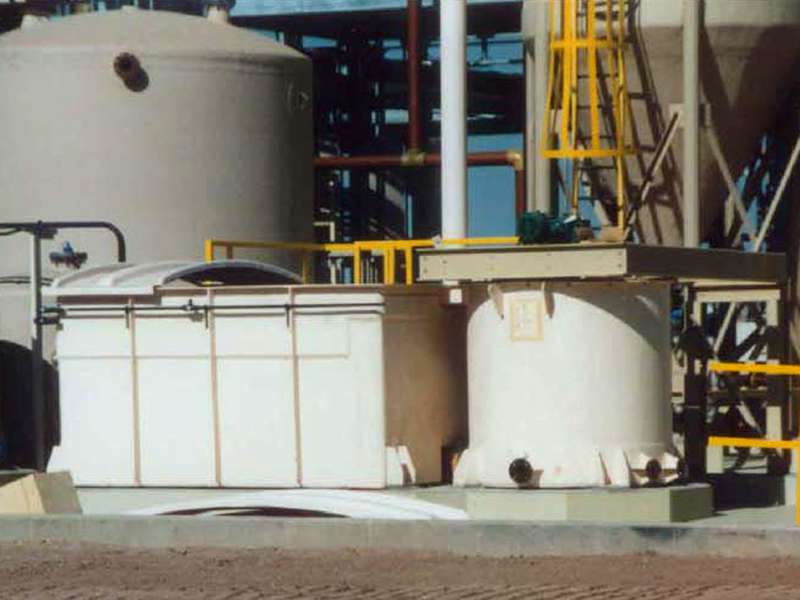
-
 Afrikaans
Afrikaans -
 Albanian
Albanian -
 Amharic
Amharic -
 Arabic
Arabic -
 Armenian
Armenian -
 Azerbaijani
Azerbaijani -
 Basque
Basque -
 Belarusian
Belarusian -
 Bengali
Bengali -
 Bosnian
Bosnian -
 Bulgarian
Bulgarian -
 Catalan
Catalan -
 Cebuano
Cebuano -
 China
China -
 China (Taiwan)
China (Taiwan) -
 Corsican
Corsican -
 Croatian
Croatian -
 Czech
Czech -
 Danish
Danish -
 Dutch
Dutch -
 English
English -
 Esperanto
Esperanto -
 Estonian
Estonian -
 Finnish
Finnish -
 French
French -
 Frisian
Frisian -
 Galician
Galician -
 Georgian
Georgian -
 German
German -
 Greek
Greek -
 Gujarati
Gujarati -
 Haitian Creole
Haitian Creole -
 hausa
hausa -
 hawaiian
hawaiian -
 Hebrew
Hebrew -
 Hindi
Hindi -
 Miao
Miao -
 Hungarian
Hungarian -
 Icelandic
Icelandic -
 igbo
igbo -
 Indonesian
Indonesian -
 irish
irish -
 Italian
Italian -
 Japanese
Japanese -
 Javanese
Javanese -
 Kannada
Kannada -
 kazakh
kazakh -
 Khmer
Khmer -
 Rwandese
Rwandese -
 Korean
Korean -
 Kurdish
Kurdish -
 Kyrgyz
Kyrgyz -
 Lao
Lao -
 Latin
Latin -
 Latvian
Latvian -
 Lithuanian
Lithuanian -
 Luxembourgish
Luxembourgish -
 Macedonian
Macedonian -
 Malgashi
Malgashi -
 Malay
Malay -
 Malayalam
Malayalam -
 Maltese
Maltese -
 Maori
Maori -
 Marathi
Marathi -
 Mongolian
Mongolian -
 Myanmar
Myanmar -
 Nepali
Nepali -
 Norwegian
Norwegian -
 Norwegian
Norwegian -
 Occitan
Occitan -
 Pashto
Pashto -
 Persian
Persian -
 Polish
Polish -
 Portuguese
Portuguese -
 Punjabi
Punjabi -
 Romanian
Romanian -
 Russian
Russian -
 Samoan
Samoan -
 Scottish Gaelic
Scottish Gaelic -
 Serbian
Serbian -
 Sesotho
Sesotho -
 Shona
Shona -
 Sindhi
Sindhi -
 Sinhala
Sinhala -
 Slovak
Slovak -
 Slovenian
Slovenian -
 Somali
Somali -
 Spanish
Spanish -
 Sundanese
Sundanese -
 Swahili
Swahili -
 Swedish
Swedish -
 Tagalog
Tagalog -
 Tajik
Tajik -
 Tamil
Tamil -
 Tatar
Tatar -
 Telugu
Telugu -
 Thai
Thai -
 Turkish
Turkish -
 Turkmen
Turkmen -
 Ukrainian
Ukrainian -
 Urdu
Urdu -
 Uighur
Uighur -
 Uzbek
Uzbek -
 Vietnamese
Vietnamese -
 Welsh
Welsh -
 Bantu
Bantu -
 Yiddish
Yiddish -
 Yoruba
Yoruba -
 Zulu
Zulu
Benefits of Pultruded Fiberglass Grating for Industrial Applications and Construction Projects
Understanding Pultruded Fiberglass Grating Features and Benefits
Pultruded fiberglass grating is an innovative material that has gained significant popularity across various industries due to its exceptional properties and versatile applications. Made from high-strength fiberglass reinforced with resin, this type of grating offers a unique combination of durability, lightweight, and corrosion resistance, making it an ideal choice for environments that involve chemical exposure, moisture, or heavy loads.
What is Pultruded Fiberglass Grating?
Pultruded fiberglass grating is created using a process called pultrusion, where continuous strands of fiberglass are pulled through a heated die. This process enables the material to be produced with a consistent cross-section and high strength-to-weight ratio. The grating is available in various sizes, thicknesses, and styles, catering to specific load requirements and application needs.
Key Features
1. Corrosion Resistance One of the standout features of pultruded fiberglass grating is its resistance to corrosive environments. Unlike traditional metal grating, fiberglass grating does not rust or corrode, making it a preferred choice for chemical plants, wastewater treatment facilities, and marine applications.
2. Lightweight yet Strong Despite its lightweight nature, pultruded fiberglass grating offers remarkable strength, capable of supporting substantial loads. This makes it easier to handle and install, ultimately reducing labor and equipment costs associated with installation.
3. Non-conductive Pultruded fiberglass grating is non-conductive, which can be crucial in environments where electrical safety is a concern. This feature makes it a popular choice in electrical substations, telecommunication facilities, and areas involving high-voltage equipment.
4. UV Resistance Exposure to sunlight can degrade other materials over time. However, pultruded fiberglass grating is designed to resist UV rays, ensuring longevity and performance even in external applications.
pultruded fiberglass grating

5. Minimal Maintenance Due to its inherent properties, this type of grating requires minimal maintenance compared to metal alternatives. It does not need to be painted or coated, and regular cleaning is usually sufficient to keep it in good condition.
Applications
The applications of pultruded fiberglass grating are broad and varied
- Industrial Platforms and Walkways Due to its strength and slip-resistant surfaces, fiberglass grating is commonly used for walkways, platforms, and catwalks in industrial settings. - Marine Environments In shipyards, docks, and piers, the lightweight and rust-resistant properties of fiberglass grating make it a favorable choice for underfoot surfaces that are regularly exposed to water.
- Chemical Processing Facilities that handle corrosive chemicals benefit from using pultruded fiberglass grating, which can withstand chemical spills and harsh cleaning agents.
- Wastewater Treatment The non-corrosive nature of fiberglass makes it suitable for use in wastewater treatment plants, where grating is subjected to wet conditions and potential chemical exposure.
Conclusion
In conclusion, pultruded fiberglass grating represents a significant advancement in materials engineering, providing a reliable, durable, and lightweight solution for a multitude of applications. Its resistance to corrosion, UV rays, and electricity, combined with low maintenance requirements, makes it an increasingly attractive choice for industries that demand high performance under challenging conditions. As industries continue to evolve, the adoption of such innovative materials will likely play a key role in improving safety, efficiency, and longevity in various applications. Whether used in industrial environments, marine settings, or chemical processing, pultruded fiberglass grating continues to prove itself as a superior option compared to traditional materials.
Latest news
-
Exploring the Benefits of Top Hammer Drifter Rods for Enhanced Drilling PerformanceNewsJun.10,2025
-
High-Precision Fiberglass Winding Machine for GRP/FRP Pipe Production – Reliable & Efficient SolutionsNewsJun.10,2025
-
FRP Pipes & Fittings for Shipbuilding - Corrosion-Resistant & LightweightNewsJun.09,2025
-
Premium FRP Flooring Solutions Durable & Slip-ResistantNewsJun.09,2025
-
Premium Fiberglass Rectangular Tanks Durable & Lightweight SolutionNewsJun.09,2025
-
Tapered Drill String Design Guide Durable Performance & UsesNewsJun.09,2025









